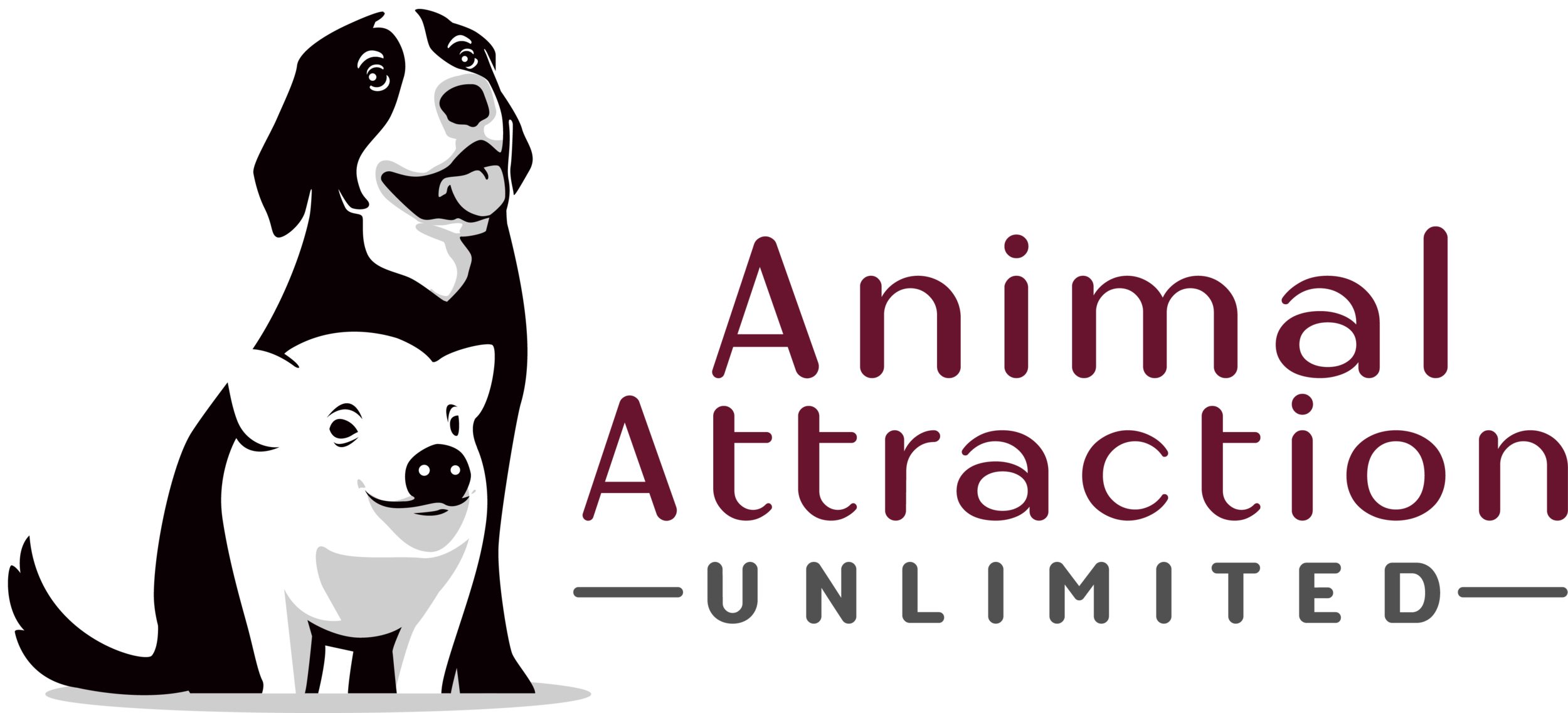The Slimy Truth About Your Dog's Dish: Biofilms and How to Fight Them
We love our pets, and we try our best to keep them healthy and happy. But sometimes, even with the best intentions, we overlook some crucial aspects of their care. One such area? Their food and water bowls. You might think a quick rinse is enough, but beneath the surface, a hidden enemy could be lurking: biofilms.
What Are Biofilms?
Think of biofilms as tiny, organized cities of microorganisms. They're complex communities of bacteria, fungi, and other microbes that stick together and adhere to surfaces, often encased in a slimy, protective matrix. This matrix acts like a shield, making them incredibly resistant to cleaning and disinfectants.
In your dog's dish, this means that even after a rinse, a sticky layer of bacteria can remain, ready to multiply. This isn't just gross; it can be harmful to your dog's health.
Why Are Biofilms a Problem?
Bacterial Growth: Biofilms provide an ideal environment for bacteria to thrive. This can include harmful bacteria like E. coli and Salmonella, which can cause gastrointestinal upset in your dog.
Contamination: These bacteria can then contaminate your dog's food and water, leading to potential health issues.
Odor and Taste: Biofilms can contribute to unpleasant odors and tastes in your dog's dish, which might discourage them from eating or drinking properly.
Dental Issues: If bacteria from the bowl gets into your dog's mouth, this can contribute to dental plaque and tartar buildup.
Immune System Strain: Chronic exposure to high levels of bacteria can put a strain on your dog's immune system.
How to Fight Biofilms in Your Dog's Dish:
Fortunately, keeping your dog's dish clean and biofilm-free is relatively simple. Here's what you can do:
Daily Washing: Wash your dog's food and water bowls daily with hot, soapy water. Don't just rinse! Scrub thoroughly to remove any visible slime or residue.
Dishwasher Safe: If your bowls are dishwasher safe, use the hottest setting for a more thorough clean.
Disinfect Regularly: Once or twice a week, disinfect the bowls with a pet-safe disinfectant. You can use a diluted bleach solution (always rinse thoroughly!) or a commercial pet-safe disinfectant.
Material Matters: Opt for stainless steel, ceramic, or glass bowls. These materials are less porous than plastic, making them easier to clean and less prone to biofilm formation. Avoid scratched plastic bowls as these scratches create great places for biofilms to start.
Dry Completely: After washing ensure the bowls are completely dry before refilling them. Moisture encourages bacterial growth.
Separate Bowls: Use separate bowls for food and water.
Replace Regularly: Replace plastic bowls periodically as they can become scratched and harbor bacteria.
Elevated Bowls: Consider elevated bowls, these can also help keep the area around the bowl cleaner.
Signs of Biofilm Issues:
Visible slime or residue on the bowl.
Unpleasant odors.
Changes in your dog's eating or drinking habits.
Gastrointestinal issues in your dog.
By taking a few extra minutes each day to clean your dog's dish properly, you can help protect them from the harmful effects of biofilms and ensure they stay healthy and happy. Don't let the slime win!
